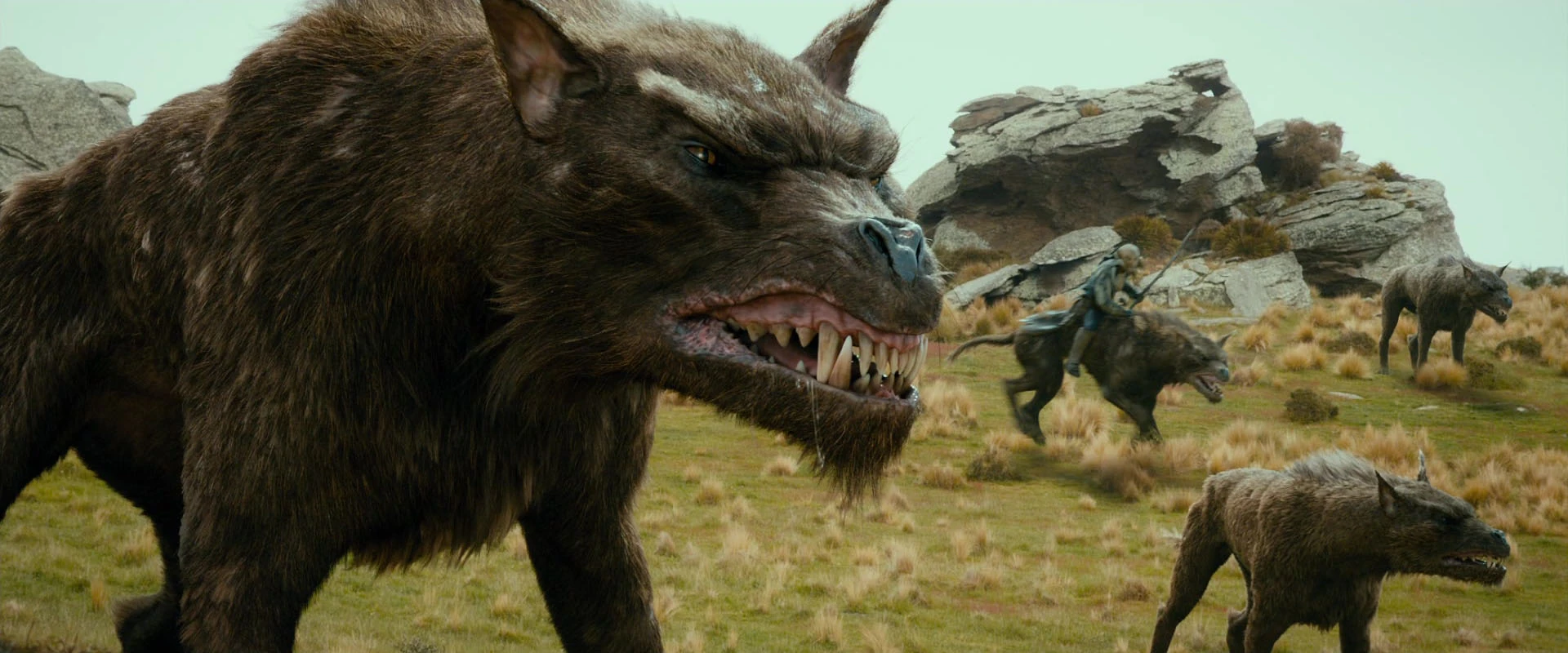Good morning gamers,
Editor's Note: We got two comments last
week asking for new edition content - and Rohan has answered with about 4500
words! We're rotating back to posts on every other Thursday this week, so we'll
be covering the articles for the previous edition on Thursdays (along with our
one-off articles) and new edition stuff on Mondays. We hope you enjoy it!
~Tiberius
We have a new edition - and instead of plowing through each of the army lists one by one for the next year and a half (and likely two-and-a-half years once we get the Armies of Middle-Earth supplement and the Legacies document), we determined that we should do a series of "first impressions" like we did back in 2018/2019 when the MESBG revamp came out. While that series looked at the new profiles and army lists together, the purpose of this series is strictly on profile changes and will only hint slightly at the army lists in which the models can be fielded. There's a lot to take in with the new edition, so we're going to start by looking at some models that have made their way into most of the army lists from the Armies of the Lord of the Rings supplement: the Fellowship of the Ring (and their Bree friends . . . and Smeagol).
 |
| Photo Credit: Garrettzecker.com |
This post is really a revisited version (sort of) of a three-part series I did on the Fellowship back in September 2019 (on their Tactical Units, Power Units, and Hobbit units), which was a revisit of an even older series back in July 2012 (both of which you can find in our "Tactics Revisited" section on our Tactics page), where I documented the things I was finding about the Fellowship from having played with them A LOT in the preceding two years (I got started with them, after all). We won't be going through army lists or talking extensively about tactics with them - we'll be saving those for army list-specific posts - but we will be talking about how these guys have changed in the new edition and whether the changes make them more or less appealing choices than they were before (with the understanding that how you fit them into your lists is now less free-form than it used to be).
The Three Hunters: How Have They Changed?
Our first stop is Gimli, who is still 100 points and basically hasn't changed. Like, at all. He picked up an extra Fate point (so he's 3M/2W/3F - and joins a very elite group of Dwarf heroes who actually have 3 Fate points), but is otherwise the same bludgeoning stick that he used to be. While I'm glad his points cost didn't go up at all, I was kind of hoping that he'd get some improvements or a points drop, especially since his two Hunter buddies got some sweet new kit for (spoiler alert) no points increase whatsoever.
Gimli shows up in both of the "Fellowship" lists (Moria and Amon Hen/Lothlorien), as well as a few thematic mashup lists (the Defenders of Helm's Deep, the Return of the King, and the Men of the West), but in all of these lists, he's supporting a bunch of other big-hitters, which means that for me, he's very much still in the position of "I'll take him if I have the points." Admittedly, in the main Fellowship list (and possibly in the Breaking of the Fellowship list), you might not have a choice but to run Gimli, but in the other lists, you need to make a dedicated choice to take him - and I kind of wish the decision paradigm was better (there's one list where he do cool things while mounted on the same horse as Legolas, but we'll dig into how good this is when we get to reviewing that army list). Still, in an edition where Piercing Strike isn't a thing, a Defense 8 hero with 2 Wounds/3 Fate is going to be tough to crack - and if you can get him into the melee quickly, he'll be devastating.














